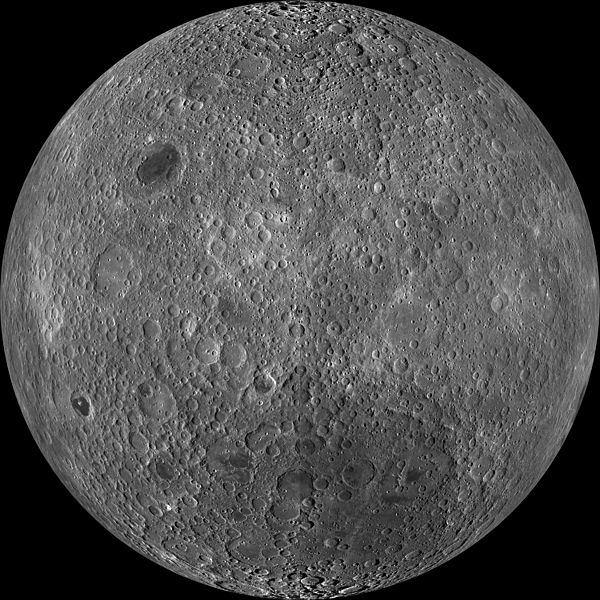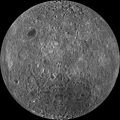Файл:Moon Farside LRO.jpg

Водзвыв видзӧдӧмлӧн ыдждаыс:600 × 600 пиксель. Мукӧд стӧчлун: 240 × 240 пиксель | 480 × 480 пиксель | 768 × 768 пиксель | 1024 × 1024 пиксель | 2048 × 2048 пиксель | 18 000 × 18 000 пиксель.
Подув файл (18 000 × 18 000 пиксель, файл ыджда: 85,34 МБ, MIME сикас: image/jpeg)
Файл история
Личкы кадпас/кад, медым аддзыны файллысь сэкся версия.
| Кадпас/Кад | Миниатюра | Ыджда | Вӧлысь | Пасйӧд | |
|---|---|---|---|---|---|
| ӧнія | 23:47, 19 рака т. 2014 |  | 18 000 × 18 000 (85,34 МБ) | Huntster | High resolution mosaic. |
| 04:12, 9 косму 2011 |  | 1600 × 1600 (1,44 МБ) | Bubba73 | {{Information |Description ={{en|1=Far side of the Moon, by NASA's Lunar Recon. Orbiter}} |Source =http://apod.nasa.gov/apod/image/1104/farside_lro1600.jpg |Author =NASA - LRO |Date =2011? |Permission = |other_versions = } |
Ыстӧдъяс
Тайӧ файлӧн вӧдитчысь лист бокъяс абуӧсь.
Файлнас глобальнӧя вӧдитчӧм
Тайӧ файлӧн вӧдитчӧны мукӧд викиын:
- Вӧдитчӧны af.wikipedia.org-ын
- Вӧдитчӧны az.wikipedia.org-ын
- Вӧдитчӧны be.wikipedia.org-ын
- Вӧдитчӧны bjn.wikipedia.org-ын
- Вӧдитчӧны bn.wikipedia.org-ын
- Вӧдитчӧны bs.wikipedia.org-ын
- Вӧдитчӧны ca.wikipedia.org-ын
- Вӧдитчӧны cs.wikipedia.org-ын
- Вӧдитчӧны de.wikipedia.org-ын
- Вӧдитчӧны en.wikipedia.org-ын
- Вӧдитчӧны en.wikibooks.org-ын
- Вӧдитчӧны en.wikiversity.org-ын
- Solar System, technical/Moon
- User:Marshallsumter/Radiation astronomy2/Visuals
- Draft:Original research/Planets
- User:Marshallsumter/Radiation astronomy2/Visuals/Quiz
- User:Marshallsumter/Rocks/Rocky objects/Astronomy
- User:Marshallsumter/Radiation astronomy/Courses/Principles/Hourly 2
- User:Marshallsumter/Radiation astronomy/Courses/Principles/Midterm quiz
- User:Marshallsumter/Radiation astronomy/Courses/Principles/Final quiz
- Titan/Quiz
- User:Marshallsumter/Rocks/Rocky objects
- Draft:Enceladus/Quiz
- Moon/Quiz
- Stars/Sun/Heliology/Quiz
- Earth/Quiz
- Stars/Reds/Quiz
- Draft:Dione/Quiz
- User:Marshallsumter/Radiation astronomy2/Scattered disks/Quiz
- User:Marshallsumter/Radiation astronomy1/Kuiper belts/Quiz
- Liquids/Liquid objects/Moon
- User:Marshallsumter/Radiation astronomy/Craters
- Вӧдитчӧны es.wikipedia.org-ын
Видзӧдлыны тайӧ файлӧнбыдлаын вӧдитчӧмсӧ.

